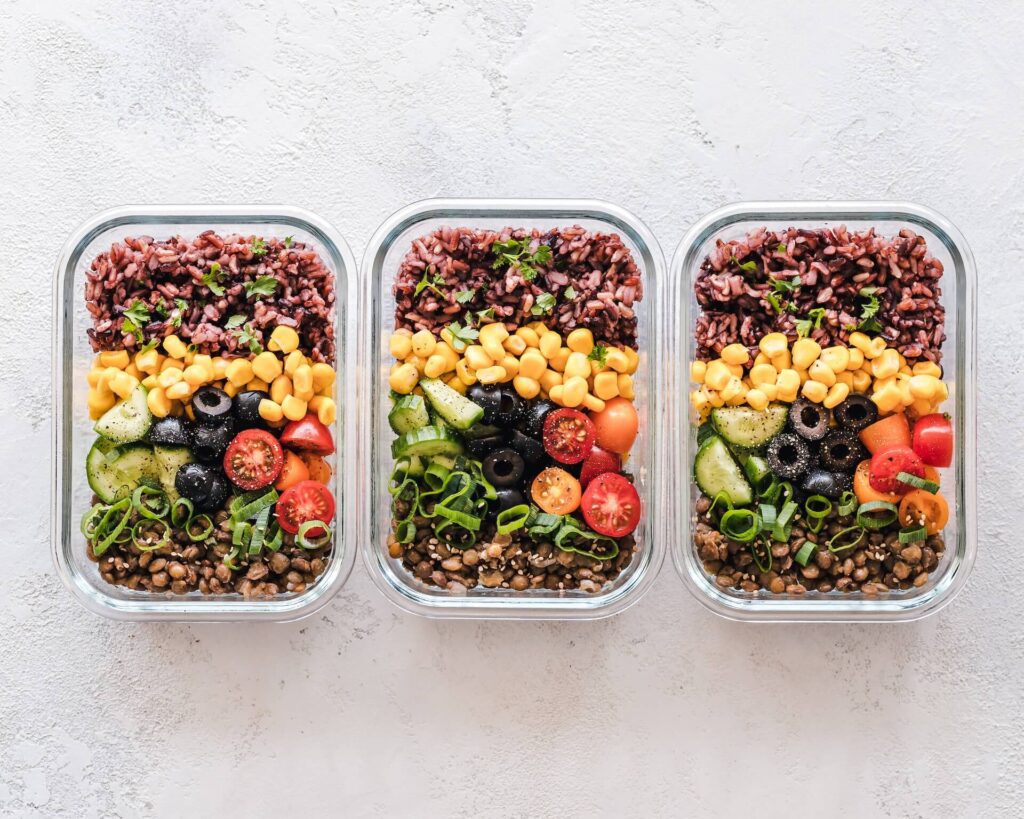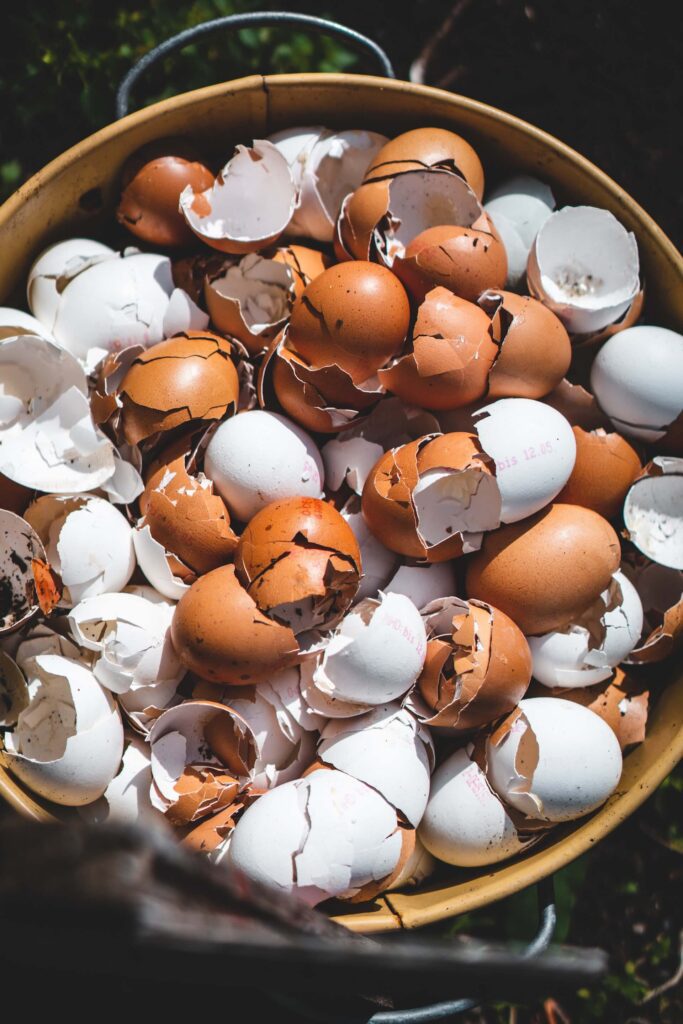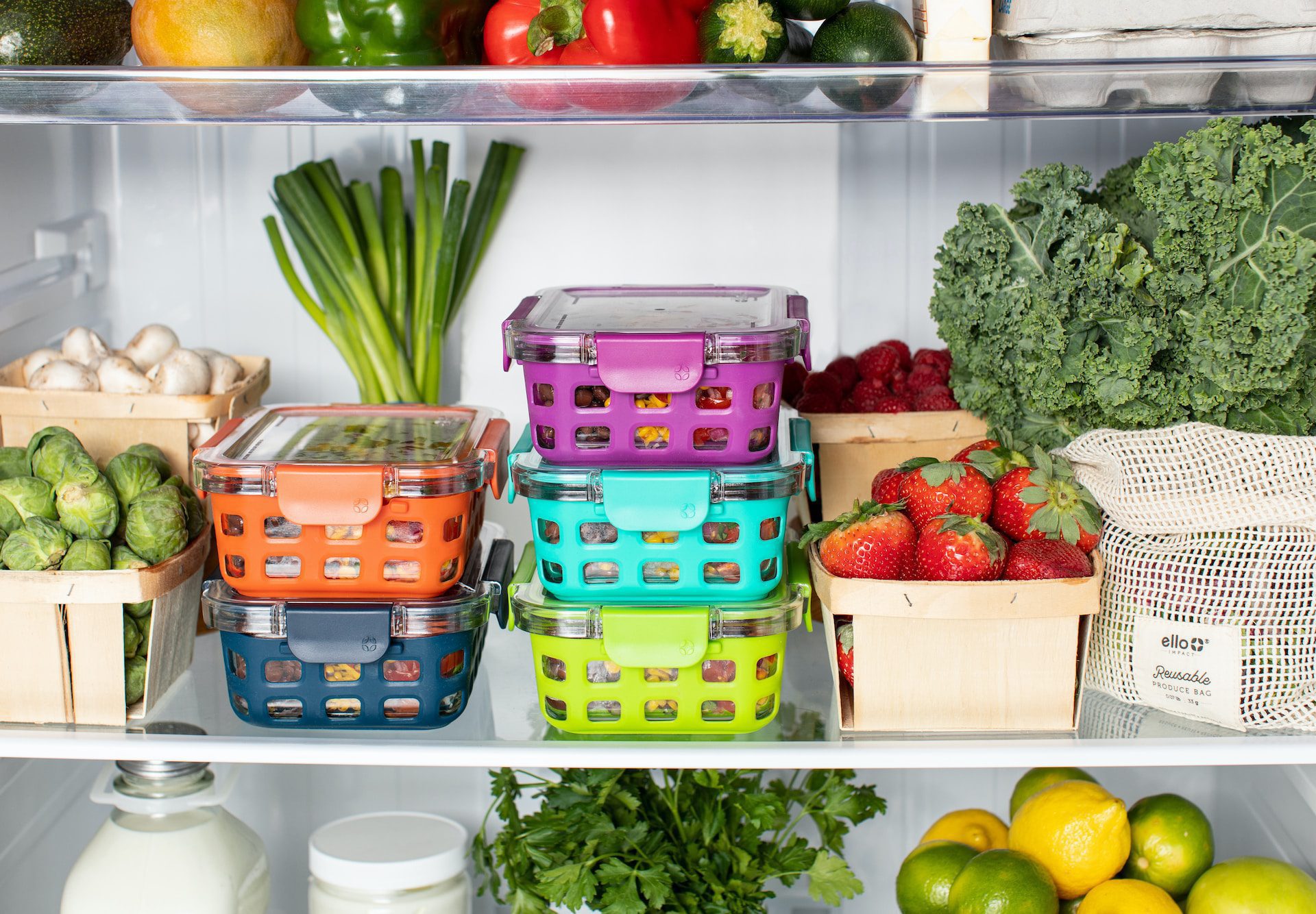Melissa Mitri, MS, RD, is a registered dietitian nutritionist, weight loss specialist, and expert health writer with over 15 years of experience in the health and wellness industry. Melissa has worked in a variety of healthcare settings where she helps clients improve their diet through an individualized approach.
Most of us are deeply unaware of how much food we waste on a daily basis. According to current food waste statistics, between 30-40% of our food supply is thrown away each year. This equals about 133 billion pounds and costs 161 billion dollars!
Not only does this throw away your hard-earned money and nourishing food, but it also wastes natural resources. The good news is you have the power to change the trajectory of this worldwide problem, and it starts with increased awareness.
Keep reading to learn 10 ways to reduce food waste in your home and everyday life.
Ways We Are Wasting Our Food
Food is wasted for a variety of reasons and occurs at every step in the food supply chain – from production to the time it is consumed in our homes.
Here are some common reasons for food waste:
- Spoilage from insects, rodents, bacteria, or mold
- Blemished or imperfect produce that is thrown away
- Buying more food than you need
- Weather problems leading to crop damage
- Overproduction and overstocked grocery shelves
While you may not personally have control over every driver of food waste, you have direct control over the food waste in your home.
Benefits of Reducing Food Waste
There are multiple reasons to actively reduce food waste in your everyday life. Here are the top 3 benefits of reducing food waste.
- Saves you money – By only buying what you need and eating what you buy, you can minimize the amount of food that goes in the trash.
- Conserves natural resources – When food is no longer wasted or thrown away, you are conserving the natural resources used to produce that food, such as the land, water, and energy infused into it.
- Reduces greenhouse gas emissions – Did you know that food is the single largest category of material placed in landfills? When wasted food decomposes in landfills, it releases potent greenhouse gas emissions into the air. Reducing the amount of food you throw out mitigates this risk significantly.
Now that you know the benefits, let’s get into how you can stop wasting food and feel good about it!
10 Ways to Reduce Food Waste
Here are the ways to reduce waste at home from your food, one step at a time. Remember that these don’t have to be done all at once – think about the change that would have the biggest impact for you and start there.
1. Monitor your inventory
The first step in reducing food waste is gaining control of your food inventory. How often are you rotating your pantry and seeing what you already have before you buy more? These are essential steps to do on a weekly basis so you don’t buy things you don’t need.
Use the FIFO (first in, first out) approach when stocking your pantry and refrigerator, where any new food items are stored in back, and older items are pushed to the front. This will prevent any older items from getting lost in the shuffle.
2. Plan your meals
Planning out your weekly meals ahead of time not only keeps you organized and promotes healthy eating, but it also reduces the amount of food you’ll waste. When you write down exactly what you’ll be eating each day, you’ll get the exact items you need from the store so you know you’ll use them up.

3. Make a grocery list and stick to it
After you plan your meals for the week, don’t forget the next essential step – making a grocery list. When shopping from a list, you’re not only less likely to have impulse buys, but the amount of food you’re buying will coincide with a specific recipe. This saves you money and reduces food waste at the same time.
4. Buy imperfect food
Don’t be afraid to buy “ugly,” imperfect, or blemished produce. Many stores and farms sell imperfect produce at a discount, and these foods still need a lot of love! They also taste just as good as their “prettier” versions and are perfectly safe to eat.
So the next time you buy a slightly misshapen tomato, know you are doing your part to reduce food waste.
5. Enjoy leftovers
Embracing leftovers is one of the easiest ways to reduce food waste at home, and it helps reduce the frequency of meal prep. If you eat leftovers, you may only have to cook 3-4 days instead of every day. This saves you time, energy, and allows you to enjoy that delicious meal more than once!
6. Use storage containers (product link)
One of the simplest ways to reduce food waste is by storing food in food preserving containers. These containers help keep food fresh longer by tightly sealing your food and keeping moisture away. Using these buys you time and preserves your food freshness longer.
7. Compost food scraps
Composting is an excellent way to keep food out of the garbage and landfills, and provides needed nutrition for your garden. Common food components you can compost include the skin or peel of fruits and veggies, or the shells of eggs.
Simply lay any scraps you have on top of twigs or straw then top with manure, and keep it moist by watering regularly. You’ll no longer need to throw these nutritious items away with this beneficial type of food waste recycling method.

8. Make friends with your freezer
Freeze leftovers or produce you aren’t using to enjoy later. Keeping a close eye on your inventory will help you catch items sooner that are close to going bad. You can then throw these in the freezer to thaw out and enjoy when your inventory goes back down.
9. Label your food
This may not be something you’d think of, but labeling your food can prevent it from being thrown out. It’s not always easy to remember how long something has been in your refrigerator, and you may throw many foods out unnecessarily to play it safe.
This is sad, but true, and we all do this. Instead, label and date every item as you store it, so you can make sure to eat it while it’s still fresh.
10. Use ingredients in new ways
Lastly, if you have food that will be going bad soon, you can save it and use the ingredients to make vegetable broth. You can do this by sauteing any food scraps, adding water, herbs, and spices.
Cook and simmer for 30-45 minutes, then strain through a sieve or cheesecloth. Store the broth in the refrigerator for up to a week, or freeze it for future use.
We All Play a Role in Reducing Food Waste
Reducing food waste is an attainable goal that benefits not only our environment, but our community and your wallet. By incorporating these 10 ways to reduce food waste such as meal planning, embracing leftovers, and composting, you can play a part in working towards a more sustainable future.
If you don’t know where to begin, you can start by purchasing these amazing food storage containers that help seal in the freshness of your food and extend its shelf life. This will keep your stored food fresh longer so you put all your delicious food to good use.

Melissa Mitri, MS, RD, is a registered dietitian nutritionist, weight loss specialist, and expert health writer with over 15 years of experience in the health and wellness industry.
Melissa has worked in a variety of healthcare settings where she helps clients improve their diet through an individualized approach.
- Latest Posts by Melissa Mitri, MS, RD
-
Planning Healthy Meals On A Budget
- -
5 Worst Foods For Arthritis
- -
5 Easiest Fruits and Vegetables to Grow, and Which To Buy
- All Posts

